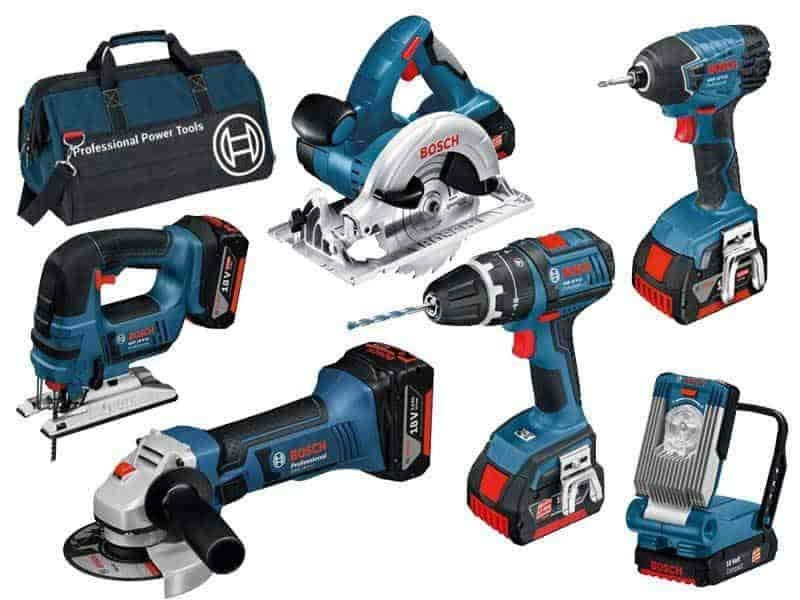In the realm of power tools, pneumatic tools have emerged as a force to be reckoned with. With their exceptional power, versatility, and efficiency, they have revolutionized various industries. In this blog post, we will delve into the world of pneumatic tools, exploring their functionality, applications, advantages, and the latest advancements. So, let's embark on a journey to uncover the true potential of pneumatic tools.
- Understanding Pneumatic Tools:
Pneumatic tools, also known as air tools, utilize compressed air as a power source to perform various tasks. They harness the potential energy stored in compressed air and convert it into mechanical work. From construction and automotive to manufacturing and woodworking, pneumatic tools find applications in a wide range of industries. - The Advantages of Pneumatic Tools:
2.1 Unmatched Power and Performance:
Pneumatic tools offer exceptional power-to-weight ratios, enabling them to deliver high torque and speed. This makes them ideal for heavy-duty applications, such as drilling, grinding, and impact wrenching, where precision and efficiency are paramount.
2.2 Enhanced Durability and Reliability:
Compared to their electric counterparts, pneumatic tools are known for their robustness and longevity. They have fewer moving parts, reducing the risk of mechanical failures. Additionally, they can operate continuously without overheating, making them suitable for prolonged use.
2.3 Versatility and Adaptability:
Pneumatic tools come in a vast array of designs, catering to diverse applications. Whether it's a pneumatic nail gun, paint sprayer, or jackhammer, these tools can be easily adapted to suit specific tasks. Furthermore, they can be used in hazardous environments, as they do not generate sparks or heat.
- Applications of Pneumatic Tools:
3.1 Construction Industry:
Pneumatic tools play a crucial role in construction, facilitating tasks such as drilling, nailing, riveting, and concrete breaking. Their power and precision enable workers to complete projects efficiently, saving time and effort.
3.2 Automotive Industry:
In the automotive sector, pneumatic tools are extensively used for tasks like tire changing, engine repair, and bodywork. Their high torque and speed ensure quick and accurate results, enhancing productivity in busy workshops.
3.3 Manufacturing and Assembly:
Pneumatic tools find widespread use in manufacturing and assembly lines, where speed and precision are essential. From air-powered screwdrivers and impact wrenches to air hammers and sanders, these tools streamline production processes, reducing manual labor and increasing output.
- Latest Advancements in Pneumatic Technology:
4.1 Compact and Lightweight Designs:
Manufacturers are constantly striving to develop more compact and lightweight pneumatic tools without compromising power. These advancements enhance maneuverability and reduce operator fatigue, making tasks more manageable.
4.2 Ergonomic Improvements:
To ensure user comfort and safety, pneumatic tools now feature ergonomic designs with enhanced grip and reduced vibration. This minimizes the risk of repetitive strain injuries and improves overall efficiency.
4.3 Integration of Smart Technology:
The integration of smart technology into pneumatic tools is an emerging trend. This includes features like digital controls, wireless connectivity, and real-time performance monitoring, enabling operators to optimize tool usage and track maintenance requirements.
Conclusion:
Pneumatic tools have undoubtedly revolutionized various industries, offering unparalleled power, durability, and versatility. From construction sites to manufacturing floors, these tools continue to play a vital role in enhancing productivity and efficiency. By staying updated with the latest advancements in pneumatic technology, professionals can harness the true potential of these remarkable tools and stay ahead in their respective fields.

